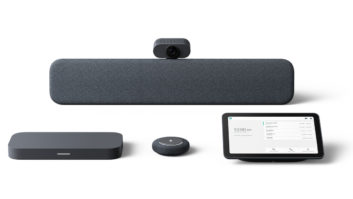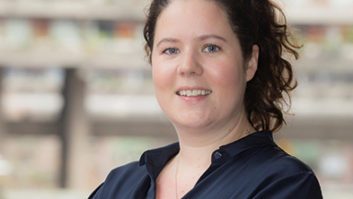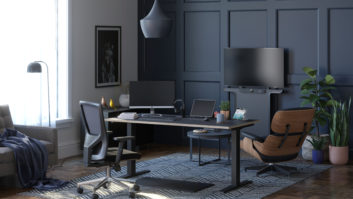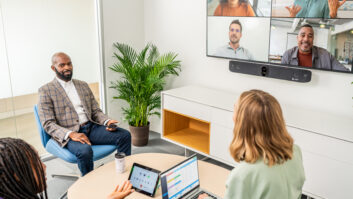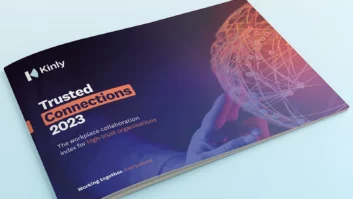Poly has announced its predictions for workplace collaboration, and how the future of work will be defined by them in 2022, and beyond.

The disruption caused by the global pandemic has forced businesses to enable remote work and tested employees’ ability to embrace new forms of engagement and interaction. The power to drive sustainable, collaborative change will be shared by employers and employees, on an increasingly equal footing. Businesses looking to navigate the year ahead will need to understand, and embrace this fundamental shift to successfully balance technology and transformation.
Prediction 1 – RIP 9-5; long live ‘anytime’ working
The genie is out of the bottle. Workers who relished the perks of hybrid and flexible working have no desire to return to corporate life full time. 80% of Europe and the Middle East employees prefer to spend some days working from home, according to Poly’s recent research. They want flexibility, and with the economy picking up and the ‘great resignation’ underway, they have more power to choose how and where they should work from.
“People want work-life balance with flexibility to visit their dentist, attend a school play, or swap their working days around to be able to meet up with an old friend who’s in town,” explained Paul Clark, senior vice president for Europe, the Middle East and Africa, Poly. “Rather than being an asset that requires managing, employees have adopted a customer persona; they know what they want, why, when and how and they’ll tell you. Ignore them and they’ll go elsewhere,”
Prediction 2 – Polymorphic offices supercharged by tools, not toys
Offices will no longer necessarily be physical spaces with defined, individual spots, according to Poly. Future workplaces will be ecosystems of spaces and rooms that match the working habits or needs of different personas. People will no longer go into the office because they must, but because they want specific, person to person interaction. This will lead to significant changes in architecture, real estate, room design and investment in collaboration devices and technologies in future office buildings, as all these disciplines collide to provide the very best work experiences.
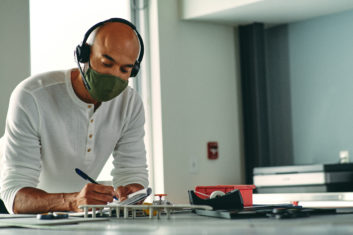
“Organisations that fail to support a flexible workplace in 2022 will struggle to build a collaborative culture,” said Clark. “During the pandemic, shrinking networks affected innovation and creativity. Informal chats or unscheduled meet-ups no longer happened, yet collaborative moments like these contribute to knowledge sharing and problem-solving. Collaboration is required for a happy workforce, with the link between employee well-being and business performance well documented.”
Prediction 3 – Equality: the new imperative
During the pandemic, it was all about business continuity, but companies will need to adopt a people-first philosophy, based on choice, says Poly. Choice is a great leveller and a catalyst for easy, meaningful and productive collaboration, enabling all workers to engage and perform at their very best. That approach presents a great opportunity for HR, IT, facilities management and the wider business to be more attuned to what employees want from their experience of work. Recent Stanford University research shows that over 40% of workers would actively look elsewhere, if their employers fail to offer hybrid working.
“The main challenge of flexible, hybrid working is creating equity for all,” opined Clark. “Clarity and quality of image and sound are essential to better collaboration between colleagues. No matter where people choose (or have) to work from -their car, a meeting room, or home- they will expect to be supported by devices and technologies that guarantee equal inclusivity. Access to reliable communications is key to ensuring people receive the same information, at the same time and to avoid any inadvertent bias.”
